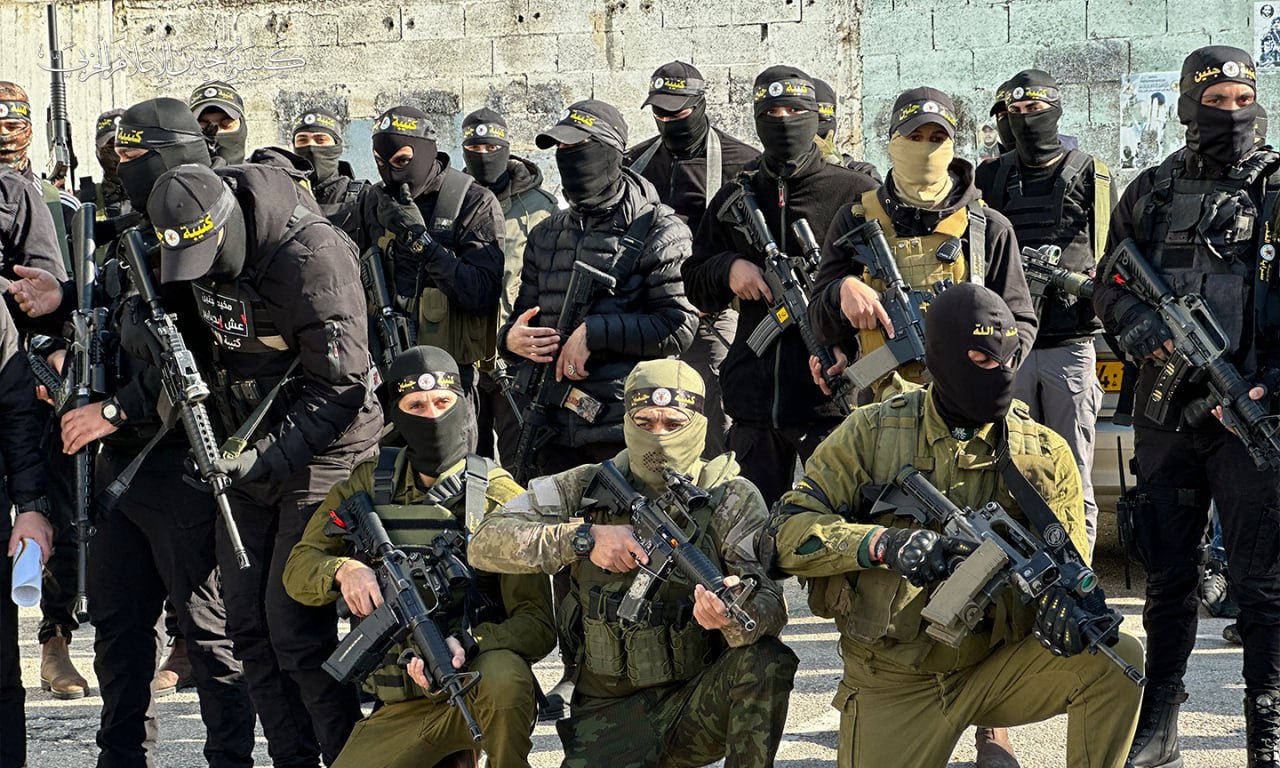The recent invasion of Israel by Hamas, a Palestinian militant group, has sent shockwaves through the region and raised questions about the motivations behind this unprecedented escalation in the Israeli-Palestinian conflict. While it’s challenging to pinpoint a single cause, several factors have contributed to this violent episode.
A Provocative Trigger: Recent Events at the Temple Mount
Hamas claims that the attack was triggered by recent events surrounding the Temple Mount, a site in Jerusalem that holds religious significance for both Jews and Muslims. The entry of Israeli settlers into the al-Aqsa Mosque on the Temple Mount, where they prayed, was deemed a “desecration” by Hamas. However, experts argue that this operation was likely planned months in advance and that the timing, coinciding with the 50th anniversary of the Yom Kippur war, was strategic.
Fueling Palestinian Anger: Ongoing Israeli Occupation and Aggression
The broader context of Palestinian anger and frustration plays a significant role in Hamas’s strategy. Palestinians have long endured the Israeli occupation, particularly in the West Bank, where the construction of Israeli settlements has continued. Settler violence against Palestinian civilians has added to tensions. Hamas seeks to capitalize on Palestinian grievances, positioning itself as the authentic voice of resistance to Israel and the occupation.
Escalating West Bank Tensions: Annexation and Surges of Violence
The Israeli government’s de facto annexation of the West Bank, driven by a hard-right coalition, has further stoked tensions. Settler violence, including an alarming incident in the town of Huwara, has gone unchecked, exacerbating Palestinian anger. The situation in the West Bank has led to the depletion of regular Israeli Defense Forces (IDF) troops, as most have been deployed there, creating a vulnerability along the Gaza border.
Geopolitical Factors: Sabotaging Relations and Arab Ties
Hamas may also be attempting to thwart ongoing negotiations between Israel and Saudi Arabia to normalize relations. This diplomatic shift, symbolized by the Abraham Accords brokered during the Trump administration, is viewed by many Palestinians as a betrayal by Arab countries. By launching a major attack, Hamas aims to disrupt these negotiations and push for stronger Arab support against Israel.
A Cycle of Violence and Uncertainty
While these factors shed light on Hamas’s motivations, the situation remains fluid and complex. The conflict’s nature, with Israel’s continued rule over the Palestinian population, creates incentives for radical groups like Hamas to resort to violence. Both Hamas and Israel’s current government lean toward conflict rather than peace, complicating any prospects for a lasting solution.
Human Toll: Civilians Pay the Price
As the conflict intensifies, the greatest toll is borne by ordinary Israelis and Palestinians. Innocent civilians on both sides suffer the consequences of violence and political maneuvering. While understanding the motives behind this attack is crucial, finding a resolution to the underlying issues remains an urgent priority for the international community.




